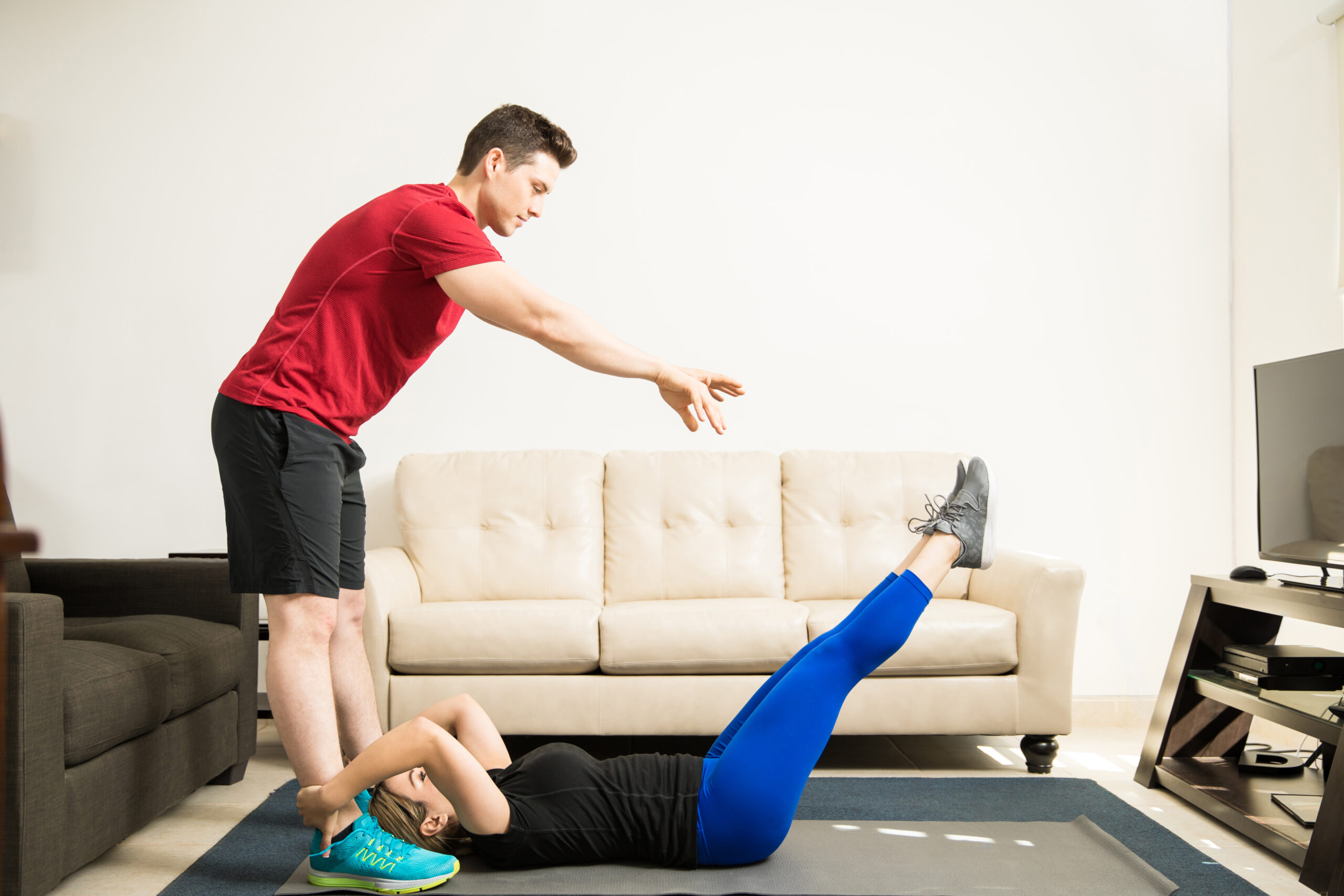The Effects of Curl-Up and Straight Leg Raising Exercises on Abdominal Muscle Thickness
Both curl-up and straight leg raising exercises are commonly incorporated into workout regimes designed to target the abdominal muscles. These exercises are not just about aesthetic appeal; they are critical for core stability, posture, and general physical health. Ultrasound imaging and other measurement techniques have often been used to quantify muscle thickness as a proxy for muscle activation and development. The effects of these exercises on abdominal muscle thickness are thus of considerable interest to athletes, clinicians, and exercise physiologists alike.
Curl-Up Exercise:
Curl-ups or crunches primarily target the rectus abdominis, the “six-pack” muscle, and the obliques. In a standard curl-up, one starts by lying on the back with the knees bent and feet flat on the floor. The aim is to curl the upper body towards the pelvis, engaging the core muscles.
Effects on Muscle Thickness:
- Rectus Abdominis: Studies utilizing ultrasound imaging have shown a marked increase in the thickness of the rectus abdominis following a regimen of curl-up exercises. This is expected, given that the exercise directly targets this muscle group.Obliques: Curl-ups also involve the oblique muscles to a certain degree, especially when variations like twisting are added. Accordingly, moderate increases in oblique muscle thickness have been noted.Transversus Abdominis: This is the deepest layer of abdominal muscles and is not as directly targeted by curl-ups. Nonetheless, some level of activation and minimal increase in muscle thickness is generally observed.
Straight Leg Raising Exercise:
In this exercise, one lies flat on the back and raises one or both straight legs to about a 45-90 degree angle. This exercise primarily targets the lower part of the rectus abdominis and hip flexors but also engages the upper abdominal muscles to some extent.
Effects on Muscle Thickness:
- Rectus Abdominis: Though the focus here is more on the lower abdomen, straight leg raises do engage the entire rectus abdominis muscle. Increased muscle thickness can be observed, though typically less significantly compared to curl-ups for the upper portions of the muscle.Hip Flexors: These muscles are more significantly targeted in leg raises than in curl-ups. While they are not abdominal muscles, they are closely related and important for overall core stability.Transversus Abdominis and Obliques: These muscles are also activated, but like in curl-ups, the increases in muscle thickness are generally moderate to minimal for these muscle groups.
Summary:
Both curl-up and straight leg raising exercises contribute to an increase in abdominal muscle thickness, albeit with different focus areas. Curl-ups are more effective for targeting the rectus abdominis and obliques, while straight leg raises are more beneficial for the lower rectus abdominis and hip flexors. The transversus abdominis is less affected by both exercises, suggesting the need for a more comprehensive core training program for overall core stability and functional movement. In conclusion, understanding these nuances can help in crafting more effective and balanced workout routines.
